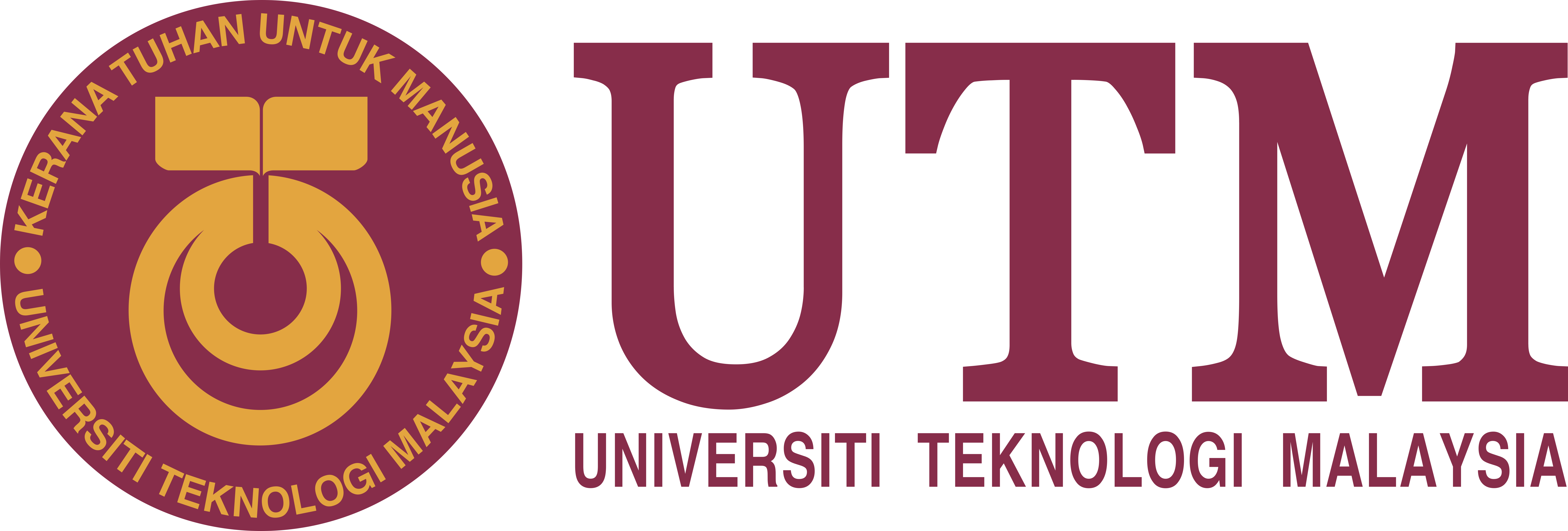FRICTION, WEAR AND LUBRICATION (MEMM 1343)
-
COURSE INFORMATION
Open or CloseThis course covers basic knowledge on tribological contact in mechanical systems in relative motion. The course presents the importance, role and properties of contact surfaces, materials and surroundings. Furthermore, the influence of the components of a tribological system and contact conditions on the properties of friction and tear is explained. The course covers the types and the role of lubricants, as well as their influence on the quality of lubrication, friction, and on various friction and wear mechanics. In relation to these topics, the analytical techniques available for the analysis of surface properties, lubricants, tribological behaviour and wider systems are presented.
COURSE LEARNING OUTCOMES- To compare the influence of friction properties, surface roughness and hardness on the mechanical contact.
- To outline wear and tear, types and technique for the characterization of surfaces and damages on machine element.
- To analyse the Stribeck curve and the basic modes of lubrication, pressure distribution, influence of viscosity, characteristics and the influence on machine component life.
- To evaluate the tribological performances by experimental works.
-
SYLLABUS
Open or CloseIntroduction to tribology
Kinetic and static friction
Friction regimes
Stribeck curve
Fundamentals of Contact between solids
Abrasive, erosive and cavitation wear
Adhesion and adhesive wear
Minor wear mechanism
Physical Properties of lubricants
Oil viscosity
Viscosity - temperature relationship
Viscosity measurement
Other lubricant characteristic
Lubricants and their composition
Mineral oil and vegetable oil
Synthetic oil
Emulsions and aqueous lubricants
Solid lubricant
Greases
Tribological Materials
Surface engineering in tribology
Tribology testing method
NOTES
CHAPTER 1
Introduction to tribology
Tribology System
CHAPTER 2
Friction
CHAPTER 3
Wear - Abrasive wear
Wear - Adhesive wear
Wear - Tribochemical and surface fatigue
CHAPTER 4
Lubricant - Physical Properties of lubricants
Lubricant - Lubricants and their compositions
Grease and solid lubricants
Vegetable oils as lubricant
Palm oil as a prospective lubricant
CHAPTER 5
Tribotester
CHAPTER 1
Introduction to tribology
Tribology System
CHAPTER 2
Friction
CHAPTER 3
Wear - Abrasive wear
Wear - Adhesive wear
Wear - Tribochemical and surface fatigue
CHAPTER 4
Lubricant - Physical Properties of lubricants
Lubricant - Lubricants and their compositions
Grease and solid lubricants
Vegetable oils as lubricant
Palm oil as a prospective lubricant
CHAPTER 5
Tribotester
PLEASE SUBMIT YOUR ASSIGNMENT HERE.
NO LATER THAN 29 JUNE 2023.
GOOD LUCK.
-
ASSESSMENT
Open or CloseAssignment for "Friction" - 25%
Assignment for "Wear" - 25%
Assignment for "Lubrication" - 25%
Project for "Tribological testing" - 25%
Total evaluation marks = 100%
No final exam for this course.
* Student must attend not less than 80% of lecture hours as required for the subject. -
REFERENCES
Open or Close- Donald H Buckley. Surface effects in adhesion, friction, wear and lubrication. Elsevier.
- Gwidon W Stachiowiak. Engineering Tribology. Butterworth Heinemann.
- Gwidon W Stachiowiak. Wear: Materials, mechanism and practice. John Wiley & Sons, Ltd.
- John Williams. Engineering Tribology. Cambridge University Press.
- Ludema K C. Friction, wear, lubrication. CRC Press.
- Prashad H. Solving tribology problems in rotating machines. CRC Press.
- Theo Mang. Industrial Tribology, Wiley-VCH.
